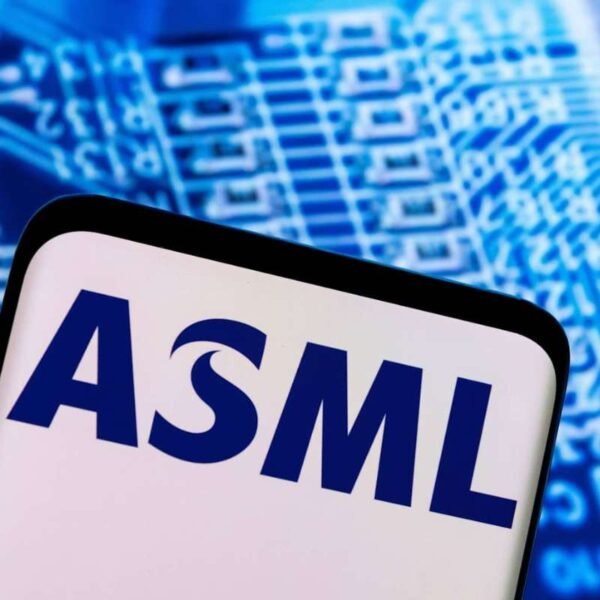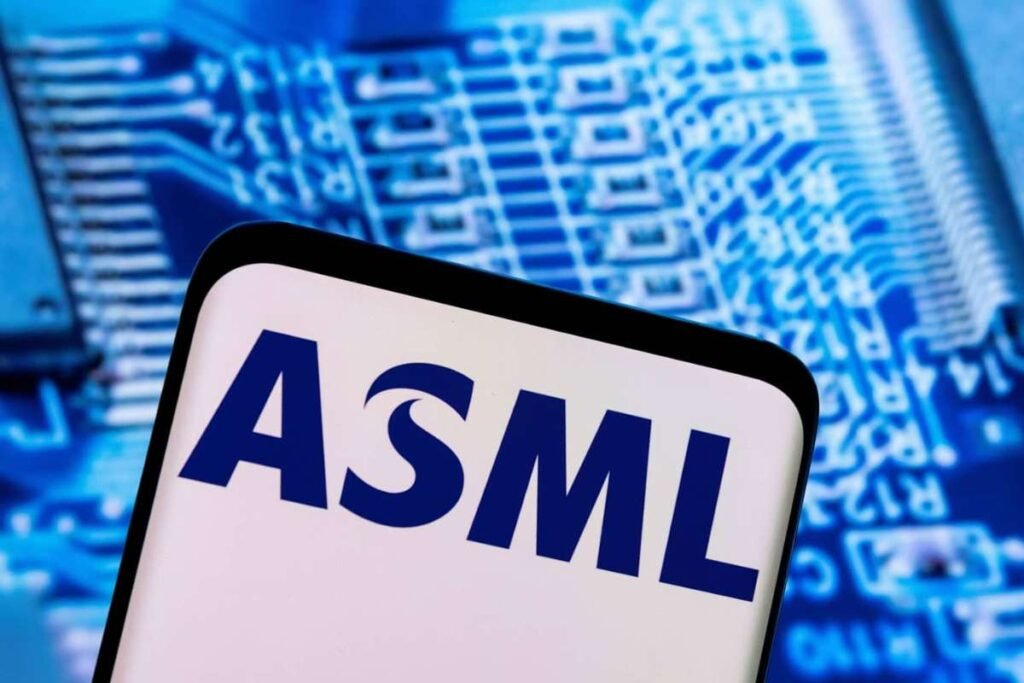Collaborative learning centers serve as dynamic hubs where individuals come together to engage in shared learning experiences, exchange ideas, and foster a culture of collaboration and innovation. These centers play a pivotal role in educational institutions, workplaces, and community settings, providing a supportive environment for collaborative learning initiatives. In this comprehensive guide, we’ll delve into the significance of collaborative learning centers, explore their key components and benefits, and discuss strategies for creating and optimizing these spaces to maximize learning outcomes and engagement.
Understanding Collaborative Learning Centers
Collaborative learning centers are physical or virtual spaces designed to facilitate collaborative learning activities, group projects, discussions, and knowledge sharing among participants. These centers leverage various instructional approaches, technologies, and pedagogical methods to promote active engagement, critical thinking, and social interaction among learners.
Key Components of Learning Centers
1. Flexible Learning Spaces
Collaborative learning centers feature flexible, adaptable spaces that can accommodate various learning activities, including small group discussions, team projects, workshops, and presentations. These spaces may include movable furniture, writable surfaces, and multimedia displays to support different learning modalities.
2. Technology Integration

Integrating technology tools and resources, such as interactive displays, collaborative software platforms, video conferencing systems, and online learning modules, enhances the collaborative learning experience and enables seamless communication and collaboration among participants.
3. Facilitator Support
Trained facilitators or educators play a crucial role in collaborative learning centers, providing guidance, mentorship, and support to learners as they engage in collaborative activities. Facilitators foster a positive learning environment, encourage participation, and facilitate meaningful interactions among participants.
4. Resource Accessibility
Collaborative learning offers access to a wide range of educational resources, including books, journals, multimedia materials, and online databases, to support inquiry-based learning, research projects, and collaborative problem-solving activities.
5. Collaboration Tools
Providing access to collaboration tools, such as whiteboards, project management software, virtual collaboration platforms, and communication tools, enables learners to collaborate effectively, share ideas, and co-create knowledge in real-time.
Benefits of Learning Centers
1. Enhanced Learning Outcomes
Collaborative learning centers promote active engagement, deeper understanding, and knowledge retention by encouraging interaction, discussion, and peer-to-peer teaching and learning.
2. Skill Development

Participation in collaborative learning activities fosters the development of essential skills, including communication, teamwork, critical thinking, problem-solving, and leadership skills, which are valuable in academic, professional, and personal contexts.
3. Social Connection:
Collaborative learning provides opportunities for social interaction, networking, and community building among learners, fostering a sense of belonging, camaraderie, and support within the learning community.
4. Innovation and Creativity
By bringing together individuals with diverse perspectives, experiences, and expertise, collaborative learning centers stimulate creativity, innovation, and out-of-the-box thinking, leading to novel ideas, solutions, and approaches to complex challenges.
5. Empowerment and Agency
Collaborative learning environments empower learners to take ownership of their learning journey, explore their interests, and pursue self-directed learning goals, fostering a sense of agency, autonomy, and empowerment.
Strategies for Creating Effective Collaborative Learning
1. Needs Assessment
Conduct a needs assessment to identify the goals, objectives, and learning needs of participants, ensuring that the design and implementation of the collaborative learning center align with the intended outcomes and audience requirements.
2. User-Centered Design
Adopt a user-centered design approach to create collaborative learning spaces that are accessible, inclusive, and responsive to the needs, preferences, and learning styles of diverse learners.
3. Pedagogical Innovation

Incorporate innovative pedagogical approaches, such as project-based learning, problem-based learning, flipped classroom models, and experiential learning activities, to promote active engagement and deep learning experiences.
4. Continuous Evaluation and Improvement:
Implement mechanisms for ongoing evaluation, feedback collection, and performance monitoring to assess the effectiveness of the collaborative learning center and identify areas for improvement and refinement.
5. Community Engagement
Foster partnerships and collaborations with stakeholders, including faculty members, students, administrators, employers, and community organizations, to promote a culture of collaboration, shared ownership, and sustainability for the collaborative learning center.
Conclusion
Collaborative learning centers serve as dynamic and inclusive spaces that empower individuals to engage in collaborative learning experiences, exchange ideas, and co-create knowledge in a supportive and stimulating environment. By embracing key components such as flexible learning spaces, technology integration, facilitator support, resource accessibility, and collaboration tools, these centers can enhance learning outcomes, skill development, social connection, innovation, and empowerment among participants.
Through strategic planning, thoughtful design, and continuous improvement efforts, collaborative learning can effectively meet the evolving needs of learners and contribute to a culture of lifelong learning, collaboration, and innovation in educational institutions, workplaces, and communities.










